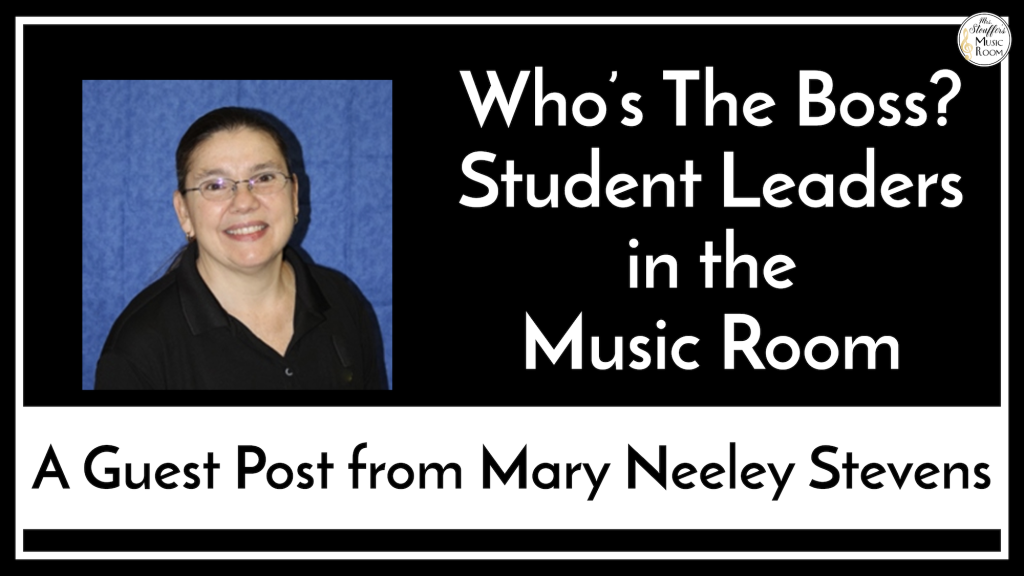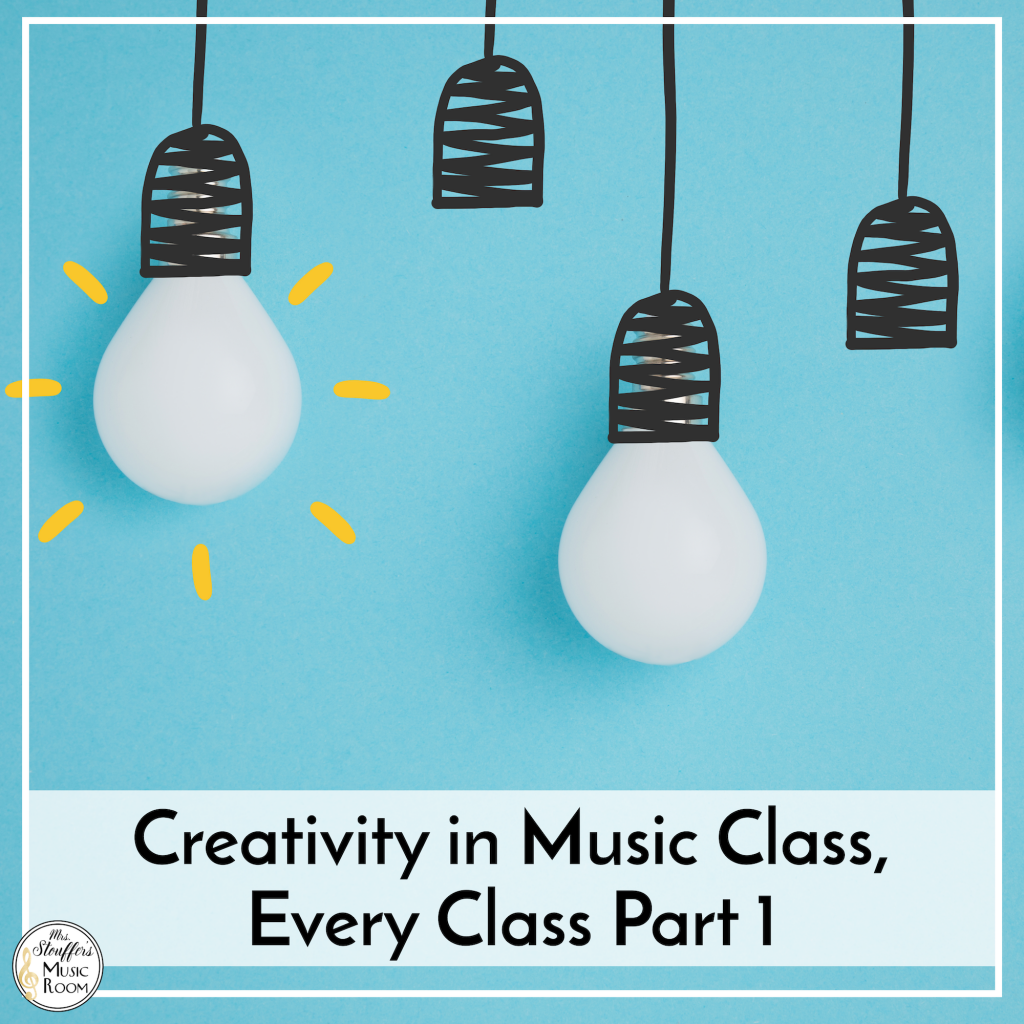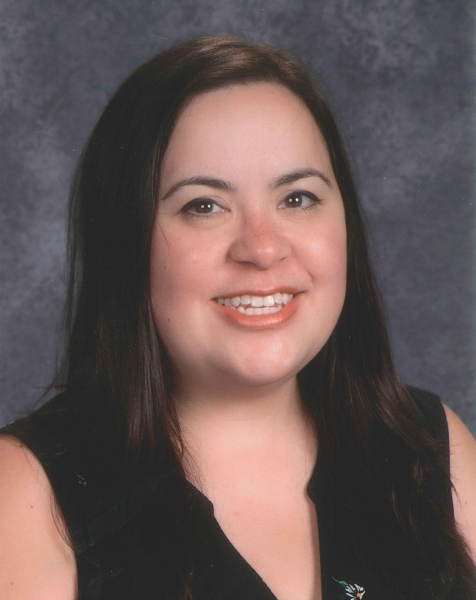
Hi friends,
This week I am elated to share my guest blogger, Mary Neeley Stevens. While I was doing some research about the Danielson Framework, I stumbled across a post from her that mentioned a presentation she did for TMEA in 2016. I am thrilled that she has agreed to be a guest this week to help us all better understand the Danielson Framework through the Kodály method. I’m so blown away by the information and the approach that she’s taken to the Danielson Framework. I hope that you find this amazing article as informative and helpful as I have!

HIGHLY DEEP SUBTLE SKILLFUL PREVENTATIVE SOPHISTICATED
SELF-INITIATED THOROUGH ALWAYS SELF-DIRECTED
Who’s The Boss? Student Leaders in the Music Room

During my presentations at the 2016 Texas Music Educators Association Convention in San Antonio, TX and the 2016 Organization of American Kodály Educators Conference in Long Beach, CA, I focused on enabling students from PK on up to become leaders in the music classroom. This notion of leadership was sparked by the shift toward using the Danielson Framework in my Texas school district. This framework became our new statewide evaluation system—Texas Teachers Evaluation and Support System (T-TESS). Since that time, many states have adopted this framework, its dimensions, and descriptors to gather evidence to rate teachers. However, the major focus of the Danielson Framework is the ‘supporting’ part by coaching and encouraging educators to learn and grow to become better, more productive educators in their classroom.
As I was preparing my sessions, I came across a wonderful article describing the qualities of a leader. This article provided a fabulous structure for my presentation: “Top 10 Qualities That Make A Great Leader” by Tanya Prive. (Link not active at the time of publication)
The use of student leaders in the music classroom is an important and valuable tool that increases participation, engagement, and success in skill development and performance quality. Students will be more engaged by being part of the decision-making process during the lesson, as well as, achieve at higher performance levels and demonstrate their knowledge of musical concepts. In this session, teachers experienced teaching strategies for immediate application in the music classroom. Conference attendees actively lead their peers during the session for firsthand experiences as the “student leader.” Video clips and products from elementary students were presented including student-created expectations with suggested rubrics for assessment. The musical activities and song materials were appropriate for pre-kindergarten through fifth grade children.
Top 10 Qualities That Make A Great Leader by Tanya Prive
http://www.forbes.com/sites/tanyaprive/2012/12/19/top-10-qualities-that-make-a-great-leader/
Take the first steps in becoming a powerful leader. Take a breath, calm yourself down, and remind yourself of the leader you are and would like to become. Here are some key qualities that every good leader should possess, and learn to emphasize.
Honesty
– If you make honest and ethical behavior a key value, your team will follow suit. Value the Individual: name, point, answer/check
- “Who’s That Tapping” – name song, How did you feel when your name was called?
- “She’ll Be Coming” – poster, Student points to the images to match the verse.
- “2, 4, 6, 8” – identify rhythm cards (1-3-4-1), Student points to rhythms and selects rhythm for an ostinato.
Ability to Delegate
– Remember that trusting your team with your idea is a sign of strength, not weakness. The key to delegation is identifying the strengths of your team, and capitalizing on them. Choose Next Person: cue, chance, quick
- Harold Finds a Voice – Transition: birdwatchers – “Surprise Symphony” by Haydn … How did you know when to choose? Students choose next birdwatcher when dynamics change.
- “Pizza” – spin/choose, call/response, Students choose action and next player.
- “Wishy Washy” – all choose, Students quickly choose new partner.
Communication
– Being able to clearly and succinctly describe what you want done is extremely important. Speak: expectations, directions, critique
- “Snail” – sweet hands & beautiful singer , Students select next leader who is singing and kind.
- “Paw Paw Patch” – set-up game and directions, game expectations/rubrics, Students set up familiar game formation and explain directions.
- Expectations/Rubrics for specific skills: What are the qualities of an excellent performance?
- Super Singers (individual singing), Mallet Masters (instruments), Exceptional Ensemble Singing, Music Literacy (reading notation), Writing Rubrics for Composers, Jazzy Kings and Queens of Improvisation, Moving to the Groove, Students critique choir rehearsals
Sense of Humor
– Morale is linked to productivity, and it’s your job as the team leader to instill a positive energy. Find the humor in the struggles to have a happy and healthy space. Climate: silly improvisation
- “Zudio” – improvised movement, Students choose movement.
Confidence
– Staying calm and confident, you will help keep the team feeling the same. The key objective is to keep everyone working and moving ahead. Environment: solo, product
- “Bow, Wow, Wow” – working together, flexible grouping, Students have new partners
- “Charlie Ocean” – solo/echo (bag of animals), Students sing independently.
- “Bounce High” – boys/girls, small groups, solo singing with icons, Students perform in small groups and individually.
- “Great Big House” – 16-beat composition ABAC form, Students compose original compositions.
Commitment
– Create a reputation for not just working hard, but also be known as a fair leader. Procedures: read & do, materials away, run ppt
- “All Around the Brickyard” – hold cards, Students hold action cards.
- “Oliver Twist” – balls away, Students stow materials in the classroom.
- “I See the Moon” – ppt rhythms with solfége circles or staff with note circles, Students distribute, manipulate, and collect materials.
Positive Attitude
– Motivate towards the continued success of the company, and keep the energy levels up maintaining a fine balance between productivity and playfulness. Perform: all hands, all turns, teams
- “Tideo” – melodic contour, game, rhythm writing, Students learn music literacy through game play.
- “Weevilly Wheat” – teams of four, math connection, Students learn math through music game play.
Creativity
– Think outside the box and turn to your team for guidance. Assistance: peer support
- “Hello Song” – pair share & double pair share, prep for changing text/improvised choices, Students collaborate while making choices.
Intuition
– Reaching out to your mentors for support, depend on your gut instinct for answers, and trust yourself is as important as your team learning to trust you. Lead: conduct with trust
- “Month Rhyme” – part work, rhymes in canon with conductors, Students conduct musical performance.
Ability to Inspire
– Keep spirits up, and that begins with an appreciation for the hard work. Feedback: choice – point – conduct – assess
- “Let Us Chase” – add ostinato with beat cards, perform, critique, and perform, Students perform for their classroom teacher at the end of the lesson.
Since the development of the Danielson Framework in 2011 and the implementation of T-TESS in 2017, the Danielson Framework has expanded to include ‘The Common Themes’ and ‘The Six Clusters and Focus Areas.’ Neither of these constructs are part of T-Tess. It is apparent that the intensions of the Danielson Framework is to remain current, relevant, and to provide insight into contemporary concerns and influences for our diverse communities in education. Currently, I am developing coaching documents for teachers and administrators to use when completing the T-TESS observation process in the elementary music classroom. The pre/post observation questions were derived from T-TESS training for university supervisors. The feedback form is based on Kodály-inspired lesson planning and teaching practices. The action plan collaboration form is aligned with Danielson’s Framework and T-TESS.
Mary Neeley Stevens
– – – – – – – – – – – – – – – – – – – – – – – – – – – – – –

With over 40 years of experience teaching elementary music, Mary Neeley Stevens brings the joy of music-making to children and teachers. During the academic year, Ms. Stevens serves as a University Supervisor for University of Houston student teachers and consultant/teaching coach for Aldine Independent School District. In the summer months, she is the program director and instructor for two Kodály teacher training programs in the Houston area: The Southeast Texas Kodály Certification Program sponsored by five school districts on the north side of Houston and The Kodály Institute of Houston sponsored by the University of Houston. She holds Master of Music in Music Education with Kodály Emphasis degree from Holy Names University, Oakland, CA and Bachelor of Music Education degree from Morningside College, Sioux City, IA.
Resources
Resources and Materials:
- https://teachfortexas.org/
- https://danielsongroup.org/resources#subscriptions
- “Top 10 Qualities That Make A Great Leader” by Tanya Prive http://www.forbes.com/sites/tanyaprive/2012/12/19/top-10-qualities-that-make-a-great-leader/
- 150 American Folk Songs: To Sing, Read and Play ISBN-10: 9780913932049
- Sail Away: 155 American Folk Songs to Sing, Read and Play ISBN-10: 9781423472964
- An American methodology: An inclusive approach to musical literacy ISBN-10: 1889967009
- Harold Finds a Voice ISBN-10: 1846435501
- https://singlish.com/volumes-1.php
- Bought Me a Cat, Jill Trinka – GIA Publications
- My Little Rooster, Jill Trinka – GIA Publications
- The Song Garden (Book 1) by Carol Heath
- Personal Song Collection, Mary Neeley Stevens





